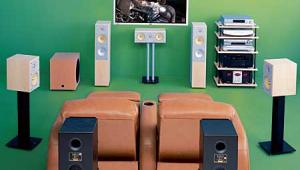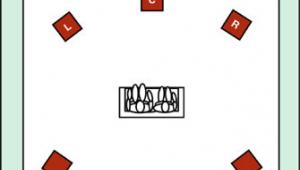VAF of Australia produce such a sub called the Platform:
http://www.vaf.com.au/picture-gallery.asp?dialog=true&file_id=34&folder_...
and
http://www.vaf.com.au/detail.asp?audio=Subwoofer&grunt=s200r26747
They can custom design the size of the unit. Cheers!
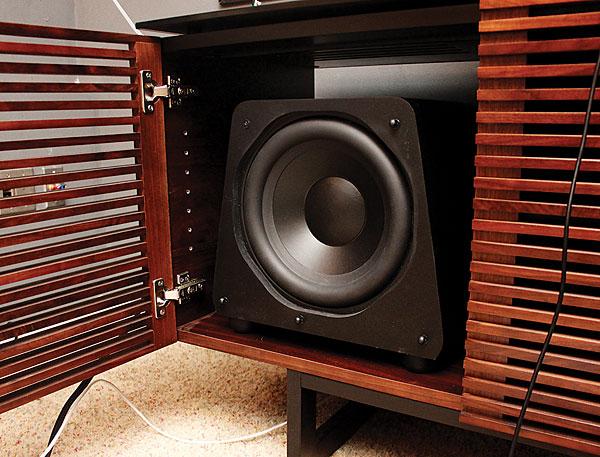
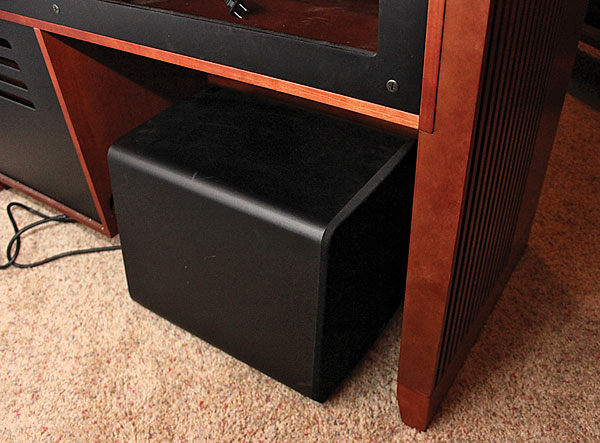
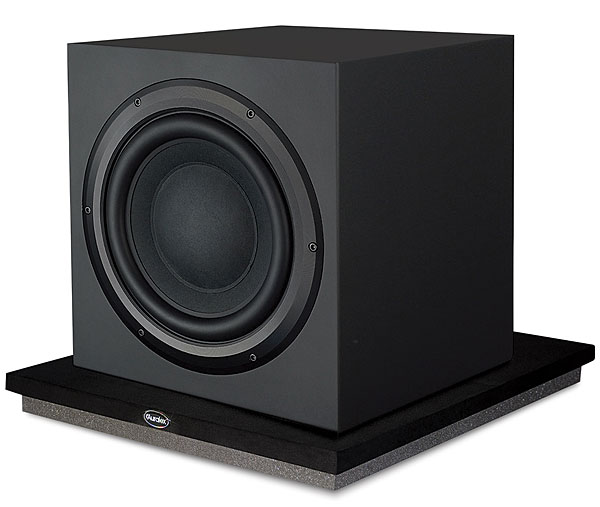
 Colburn suggested an inexpensive method of reducing vibration in shelves: Line them with “rubbery kitchen shelf liner material.” Then he went a step further. If possible, you should “shore up existing cabinets by screwing their flimsy back panels into the wall.” (That might not be such a good idea if you’re renting an apartment.)
Colburn suggested an inexpensive method of reducing vibration in shelves: Line them with “rubbery kitchen shelf liner material.” Then he went a step further. If possible, you should “shore up existing cabinets by screwing their flimsy back panels into the wall.” (That might not be such a good idea if you’re renting an apartment.)





